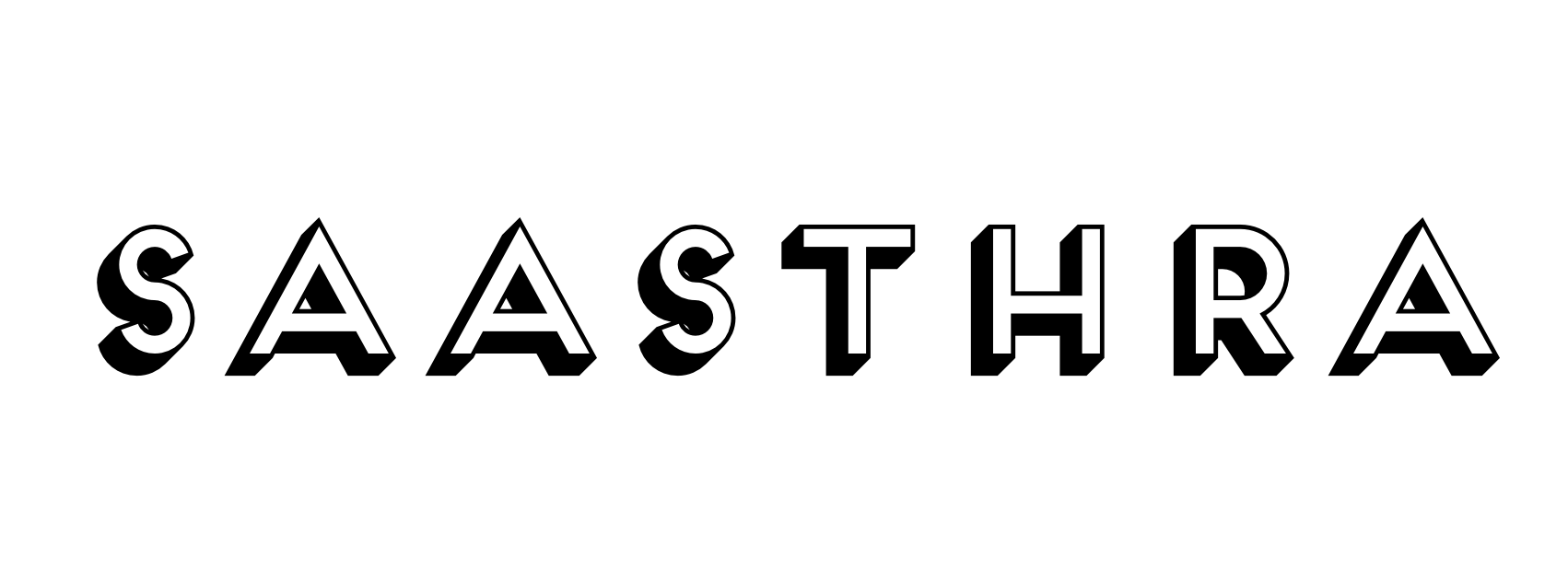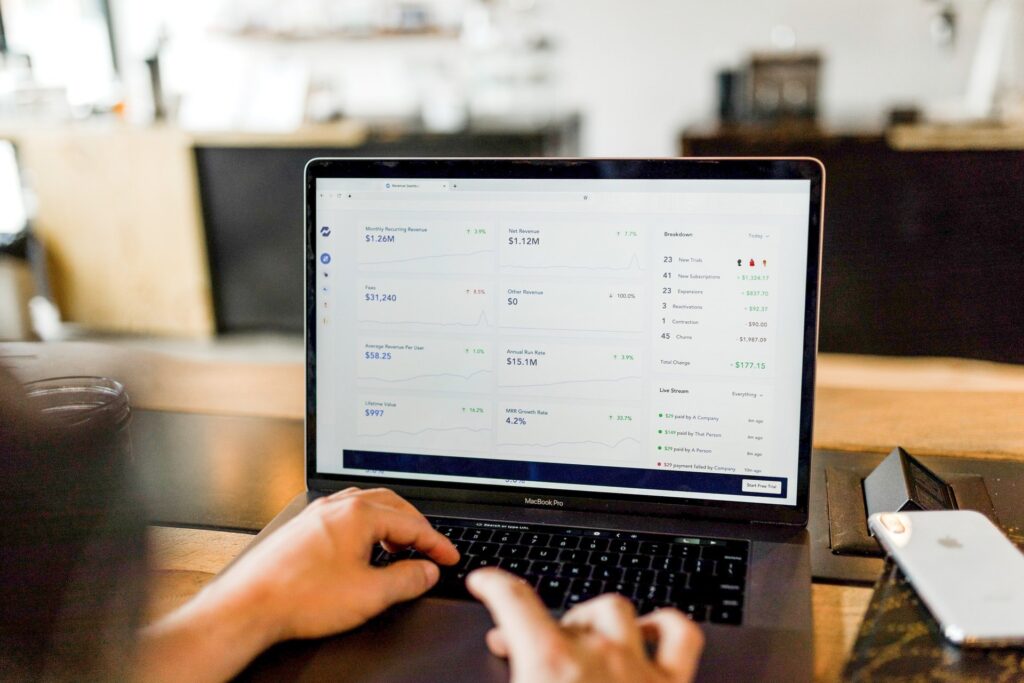If you are planning to launch a SaaS, your job doesn’t end at building the product. SaaS Pricing is one of the most important aspects to consider that directly affects your customer acquisition rate and revenue.
Starting with a wrong price, would leave you with poor conversion, lots of cancellations and eventually loss in sales. Owing to the dynamic nature of startup businesses, pricing often tends to change over time. With new features being added to the product and the list of competitors increasing from day-to-day, pricing structure becomes an on-going exercise.
How do you decide on a price?
Determining the right price for your SaaS product is one of the most important decisions you’ll make. It can be a tricky task to get right, but it’s one that needs to be done with care.
To help you out, here are our top tips and examples towards arriving at SaaS pricing for new entrants in the industry:
Define your objectives to arrive at SaaS Pricing
The first step in pricing your SaaS product is to clearly define what you want to achieve from this exercise. For example, are you looking to:
- generate more revenue
- increase profits?
- reach new customers?
- retain existing customers?
Knowing what objectives you want to achieve from pricing will help you determine which approach is best for your business. It will also allow you to set clear goals and measure the success of your efforts.
How to price your SaaS product?
There is no magic formula to price your product. Many people are in search of a simple formula that can be used to come up with the right price.But there is no such thing.
The best you can do is estimate the value your product brings to your customers and then set a price based on that value.
A Simple Approach
Here is an approach that can help you come up with the right price for your product:
Ask: What is the problem my product solves and how does it solve it?
Ask: Who has this problem? How much will they pay for a solution to this problem?
Assume: The value you provide to your customers, in terms of ease of use, time saved, money saved or convenience, should be at least 10x the cost of your product.
For example, if you are charging $10/month for your product, then it should save your customers at least $100/month or provide them convenience worth $100/month.
Pricing strategies
Question: What’s a good pricing strategy for my SaaS product?
Answer: There’s no “good” pricing strategy for your SaaS product. If there was one, everyone would use it. The only thing that works is to test different pricing strategies, here is a list of the most popular ones:
Per user/per month model:
This model is probably the most common. The price you pay depends on the number of users and how many months they’ll be using your software. For example, if a company has 10 users and they pay $50 per user per month, their monthly bill will be $500.
Per user/per year model:
In this model, you pay a yearly subscription fee for each user. However, some vendors offer discounts for annual payments as opposed to monthly payments.
Per transaction model:
You’re charged based on how many transactions you process in a specific time period (usually monthly). For example, if you’re paying 10 cents per transaction processed and your business processes 1,000 transactions per month, your total monthly bill will be $100.
Freemium model:
This is a pricing strategy in which you give away some of your core features to all users, but charge a premium for the advanced features. For example, Dropbox offers 2GB of storage space in its free version while 1TB costs $10 per month or $100 per year (if you pay annually).
This strategy works well when the product has a feature that can be used as a hook and when the product has a network effect.
Pay-as-you-go model:
This is a very popular model where users pay for the number of units they use. The model is also known as “pay what you consume”.
The most common use case for this model is usage based pricing, similar to Per transaction model.
This model works best when the company’s cost structure is aligned with usage and when the product has a high degree of variability in usage from customer to customer.
Examples include storage services like Dropbox and Google Drive that charge based on how much data you store with them, or online payment gateways like PayPal that charge per transaction.
Optimize your SaaS pricing strategy
The most important aspect of pricing is that it should be an ongoing process. You shouldn’t set your SaaS pricing once and then forget about it. Your customers, competitors and the market are changing all the time, so you need to keep testing and optimizing your SaaS pricing to make the most out of it as it will have a tremendous impact on your revenue.
A small change in pricing can make a huge difference in the number of customers that sign up. It also has a significant impact on the lifetime value (LTV) of each customer.
Here are some of the most common reasons to change or optimize your prices:
- To raise more revenue
- To increase your profit margins.
- To compete with competitors.
- To cover increased costs (e.g., customer support).
- To achieve a certain customer lifetime value.
- To increase your customer acquisition.
Then decide which of the following you would like to optimize while you experiment among the three main components to every SaaS pricing strategy:
Setup Fees: A one-time fee paid by the customer when signing up for a service. This is paid in addition to the monthly or annual subscription fee for usage.
Subscription Costs: The recurring cost customers pay for using SaaS products. This can be determined on either a per user or per account basis.
Renewal Costs: These fees are charged when the customer decides to renew their annual subscription with your company and can be different from the original subscription costs they paid when they first signed up.
Takeaway: Pricings strategies are important, but we need to optimize it time to time.

